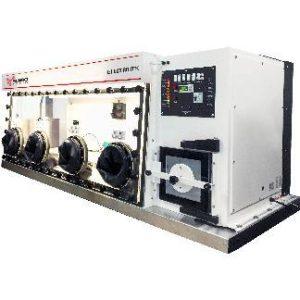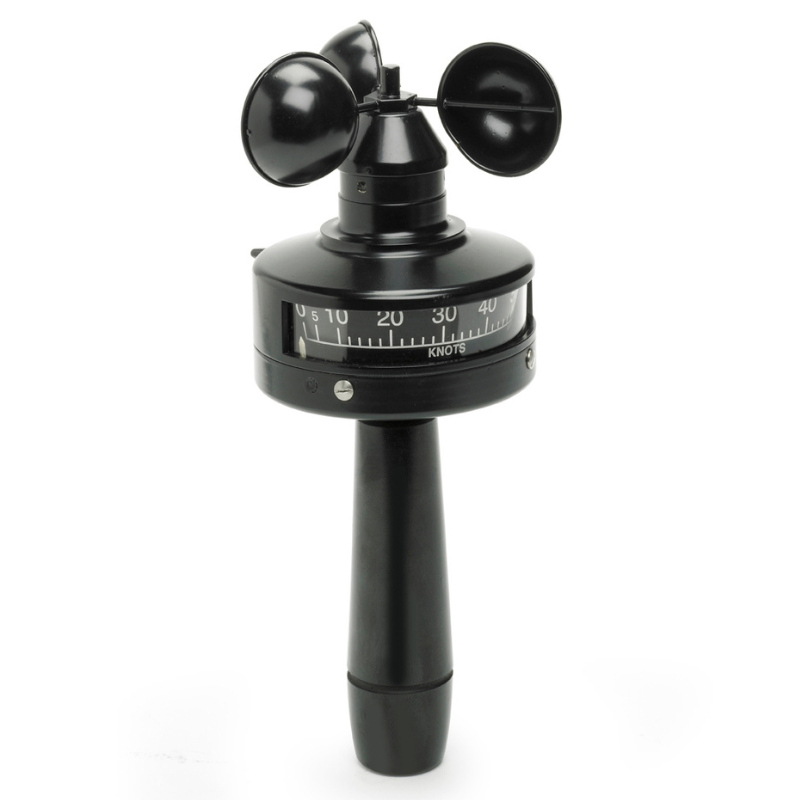Anaerobic chambers are often called anaerobic glove boxes. These chambers are atmospheric control units for use while working with materials sensitive to oxygen or performing general isolation, etc. These machines simplify researchers to prepare, cultivate, and analyze samples without exposing them to ambient oxygen.
Anaerobic chambers have recently gained much importance in laboratories, especially for anaerobic processes and studies. Due to these anaerobic processes, there have been opportunities for new microbes to develop metabolically and physiologically using tools such as genomics, molecular, and proteomic tools. This has also widened the fields of applications of anaerobic chambers.
History of Anaerobic chambers
The invention of anaerobic chambers was done by Rolf Freter. He had been conducting studies on the anaerobic specimens that lived in the intestine of mouses. He took assistance from Dick Coy, an engineer in Michigan, to develop something through which he would have access to organisms. Because of this, he would have a supply of anaerobic organisms that is constant.
The anaerobic chamber that Dick Coy came up with was known to be the Coy Anaerobic Chamber. With time, as per the requirements of research, there were a lot of advancements in the technology of the anaerobic chambers. Among the very first used chambers were the vinyl chamber. Even after a long time, it is still the most extensively used. Later on, rigid chambers were designed for specialised purposes. Usually, the anaerobic environment with a concentration of 0–5 parts per million of oxygen is sustained using a mixture of hydrogen gas that reacts with a palladium catalyst, which eliminates the oxygen that is extra.
Anaerobic chamber applications:
Few of these applications include the usage of anaerobic chambers in clinical labs where for the patient specimens, the disease agents can be detected. We can also find if these diseases can be treated with the help of antibiotics through these chambers. These chambers can also help in the identification of the disease and studies on various topics such as the discovery of drugs, biofuels, bioremediation, biomass, etc.

Culture of microorganisms under anaerobic circumstances:
Anaerobic bacteria that are strict are extremely difficult to cultivate; they require specialised techniques right from collection to cultivation. Blood cultures often are collected and transported in separate vials: one including oxygen and one excluding. After that, they are cultured in the anaerobic chamber for research or phenotypic investigations. Incubation, which is a lengthy process, occurs in mediums of blood agar in an incubator at a temperature of around 37°C. Due to the chamber’s architecture, a direct investigation is permitted. Additionally, according to its size and qualities, the chamber can accept many samples. For instance, it can be used to create an environment that is suitable for tissues, microaerophilic organisms, or cells that are hypoxic. The anaerobic chamber is provided with sleeves to facilitate handling without interfering with anaerobic conditions.






